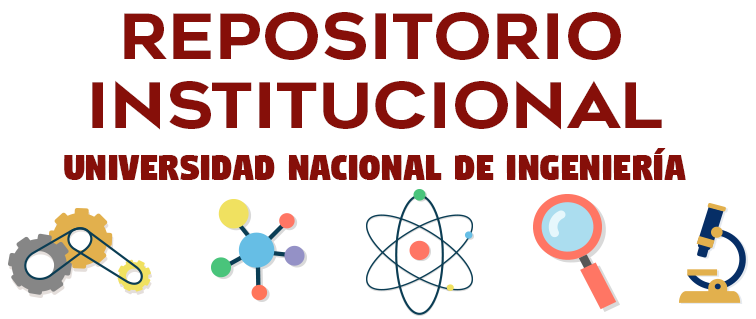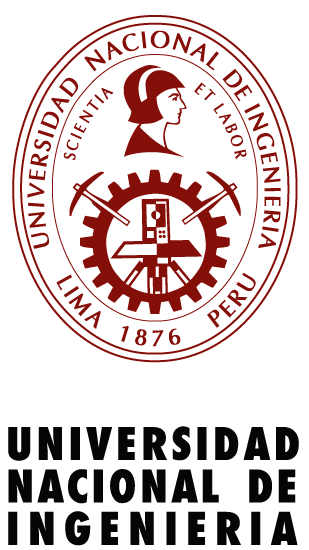Por favor, use este identificador para citar o enlazar este ítem:
http://hdl.handle.net/20.500.14076/27823| Título : | La agenda 2030: avances y limitaciones de su aplicación en el Sistema Nacional de Planificación del Perú, 2015-2019 |
| Autor : | Beraun Mendoza, Yuly |
| Asesor : | Samillán Incio, César |
| Palabras clave : | Planificación territorial;Desarrollo territorial;Desarrollo sostenible;Sistema Nacional de Planificación |
| Fecha de publicación : | 2023 |
| Editorial : | Universidad Nacional de Ingeniería |
| Resumen : | La investigación busca adentrase en la legítima preocupación de la Organización de las Naciones Unidas (ONU) y el Sistema Nacional de Planificación del Perú (SINAPLAN), por encontrar un Desarrollo Alternativo al vigente, que ha demostrado serias limitaciones para dar bienestar económico y social efectivo a los territorios nacionales y Subnacionales.
El objetivo es encontrar coincidencias y complementariedades entre ambos enfoques, plasmados en La Agenda 2030 con sus 17 objetivos globales de desarrollo sostenible (ODS), y los objetivos de desarrollo formulados para el Perú, por el CEPLAN (Centro de Planificación Nacional) cabeza rectora del SINEPLAN. Que permitan identificar fortalezas y debilidades para lograr los objetivos del desarrollo del país.
En este sentido, se realiza una verificación del grado de avance en el cumplimiento del compromiso firmado el 2015 con la ONU, en la aplicación de los objetivos y metas formulada en la Agenda 2030 e identificar las condiciones limitantes o favorables para su materialización, en la perspectiva de lograr las metas de bienestar establecidas para el 2030. Los resultados de la investigación verifican que a pesar de los importantes esfuerzos de los planificadores del sistema de planificación y CEPLAN, por asumir y aplicar los ODS a la planificación del territorio peruano, hay muy pocas posibilidades de materialización de las decisiones y el logro de las metas del 2030. Resalta las limitaciones presupuestales, la limitación de los recursos técnicos y sobre todo la falta de fuerza política del Centro Nacional de Planeamiento Estratégico para asumir dichas funciones de planeamiento y evaluación, que actualmente son asumidas por la Dirección General de Programación Multianual del Sector Público del Ministerio de Economía y Finanzas y los organismos sectoriales.
De manera general se puede concluir que la aplicación de los objetivos y metas planteadas por la agenda en nuestro país generan pesimismo a la luz de lo indagado en la investigación. En realidad, en las dos Instituciones u organismos especializados no se encuentran divorcios conceptuales sobre los factores determinantes del desarrollo; ambos van más allá del liberalismo basado en la racionalidad y el libre mercado. En este sentido se propicia una intervención eficiente del Estado. The investigation seeks to delve into the legitimate concern of the United Nations Organization (UN) and the National Planning System of Peru (SINAPLAN), to find an Alternative Development to the current one, which has demonstrated serious limitations to provide effective economic and social well-being. to national and sub-national territories. The objective is to find coincidences and complementarities between both approaches, reflected in the 2030 Agenda with its 17 global sustainable development goals (SDGs), and the development objectives formulated for Peru, by the CEPLAN (National Planning Center), the governing head of the SINEPLAN. That allow identifying strength and weaknesses to achieve the country's development objectives. In this sense, a verification is carried out of the degree of progress in fulfilling the commitment signed in 2015 with the UN, in the application of the objectives and goals formulated in the 2030 Agenda and identifying the limiting or favorable conditions for its materialization, in the perspective of achieving the well-being goals established for 2030. The results of the research verify that despite the important efforts of the planners of the planning system and CEPLAN, to assume and apply the SDGs to the planning of the Peruvian territory, there is very few possibilities of materializing the decisions and achieving the 2030 goals. It highlights the budgetary limitations, the limitation of technical resources and above all the lack of political strength of the National Center for Strategic Planning to assume these planning and evaluation functions, which are currently assumed by the General Directorate of Multiannual Programming of the Public Sector of the Ministry of Economy and Finance and the sectoral organizations. In general, it can be concluded that the application of the objectives and goals set by the agenda in our country generates pessimism in light of what was investigated in the research. In general, it can be concluded that the application of the objectives and goals set by the agenda in our country generates pessimism in light of what was investigated in the research. In reality, in the two institutions or specialized organizations there are no conceptual divorces on the determining factors of development; both go beyond liberalism based on rationality and the free market. In this sense, efficient State intervention is encouraged. |
| URI : | http://hdl.handle.net/20.500.14076/27823 |
| Derechos: | info:eu-repo/semantics/openAccess |
| Aparece en las colecciones: | Maestría |
Ficheros en este ítem:
| Fichero | Descripción | Tamaño | Formato | |
|---|---|---|---|---|
| beraun_my.pdf | 2,39 MB | Adobe PDF | Visualizar/Abrir | |
| beraun_my(acta).pdf | 1,02 MB | Adobe PDF | Visualizar/Abrir | |
| informe_de_similitud.pdf | 1,29 MB | Adobe PDF | Visualizar/Abrir | |
| carta_de_autorización.pdf | 709,95 kB | Adobe PDF | Visualizar/Abrir |
Este ítem está sujeto a una licencia Creative Commons Licencia Creative Commons

Indexado por:



